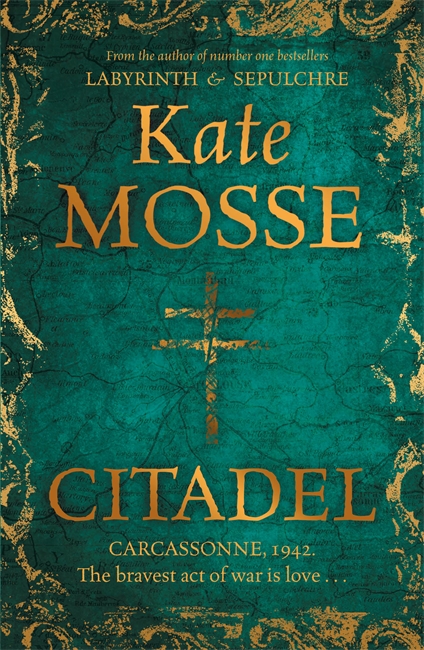I just read Citadel by Kate Mosse, which uses a number of foreign words and phrases because the novel is based in France in the 1940s. As I know some French, it’s interesting how well the author weaves explainations into the text to make it easy for readers to understand what’s happening. If you are thinking of using foreign language in a story here are some of the different ways the author did this, and why they work.

An immediate definition is provided for foreign words
She reaches the last of the capitelles, the ancient stone shelters that cluster in the hills to the north of Coustaussa, and slips inside.
In the quotation above, environmental context adds to the character’s surroundings. Here’s another way Mosse does this through her writing:
Baillard nodded a greeting. ‘Bonjourn.’
A definition of the foreign word is placed in italics, then introduced as a greeting in the sentence that proceeds it. In this way the reader does no work at all to understand the unfamiliar word.
Punctuation
‘The truth, amic, which is that their son is dead and we do not know why.’
Amic, a term of endearment, is clearly marked by the way commas separate it from the text. Foreign words are also in italics, but I’ve given up fighting with wordpress not to change my text for today. This punctuation technique allows a reader to guess what the word means by the context: amic, amie, friend… and because the author introduces this technique throughout the book a reader knows what to expect, even when unfamiliar terms are used later on in the novel.
A delayed definition
In the example below, foreign words are defined after naming the speaker. This reminds the reader of the setting without all of the dialogue being full of unfamiliar expressions and foreign words.
‘Ist es bereit?’ Bauer asked. It’s ready?
Here is an example of a longer delay:
‘Si es atal es atal,’ he said…. [paragraph of action showing character’s movement through the mountains, which switches to internal dialogue. Then:] The words gave him no comfort. He tried to reassure himself [more internal dialogue] ‘What will be will be,’ he repeated.
Breaking this paragraph into its composite parts we can see: 1) a foreign term is introduced, 2) it’s internalised by the character’s reaction, and 3) defined at the end of the paragraph.
Also, Mosse varies where she places her definitions; before or after unfamiliar words, and either uses action and/or physical description to make the reader feel what the character is feeling.
‘Deliver us from evil…’ [Physical sensations to capture his fear, ended by referring to his lips] ‘Libera nos a malo,’ he repeated.
Has this article inspired you to experiment with foreign words in your writing? Should you ever need a little more proofreading or editing help, feel free to get in touch. You can also find out more about my writing via my writer’s page.

0 Comments